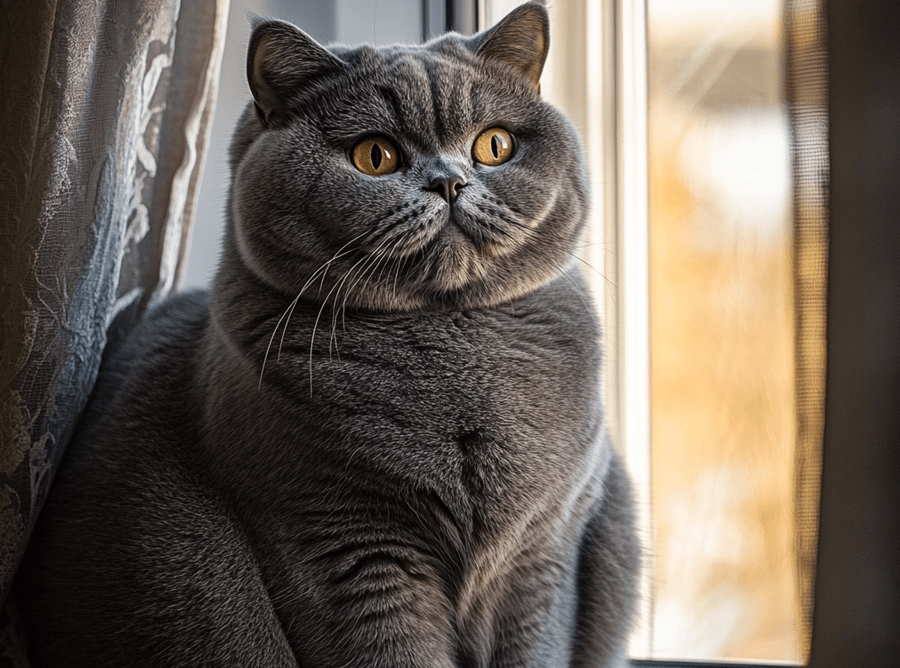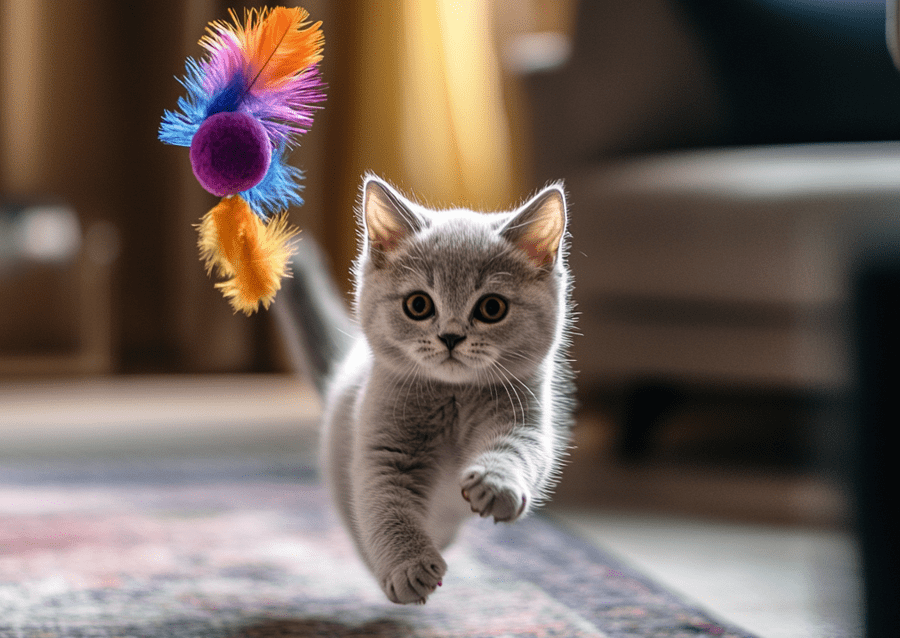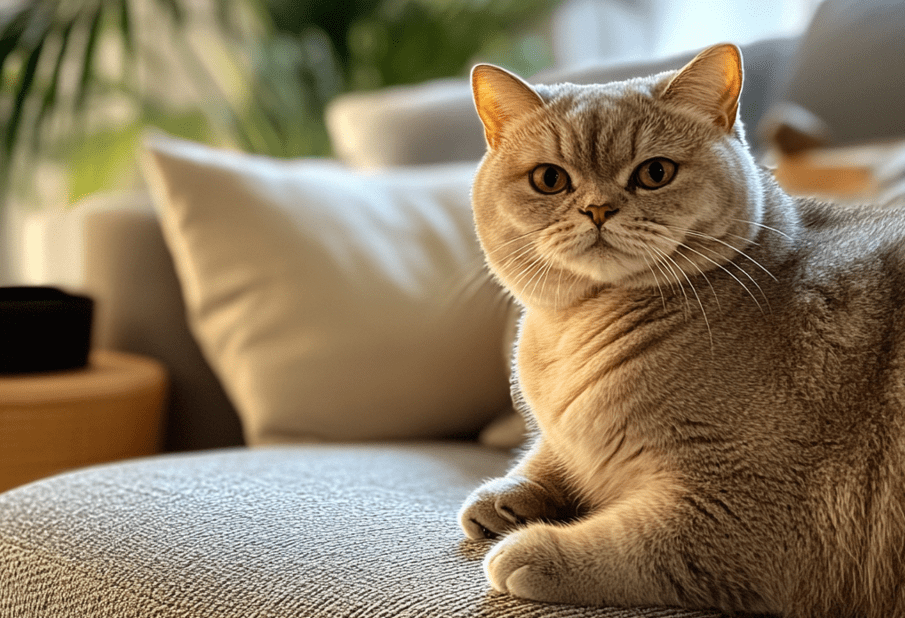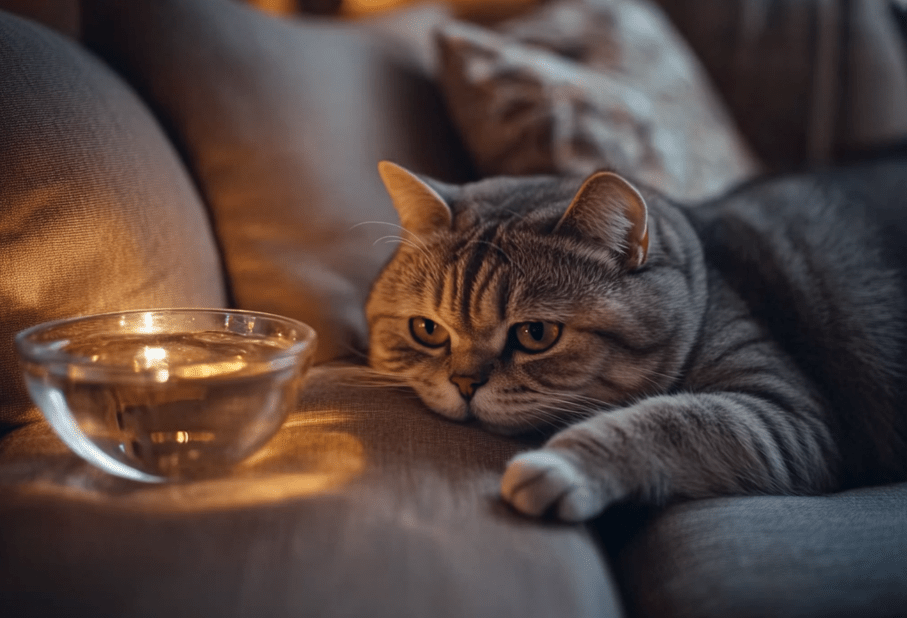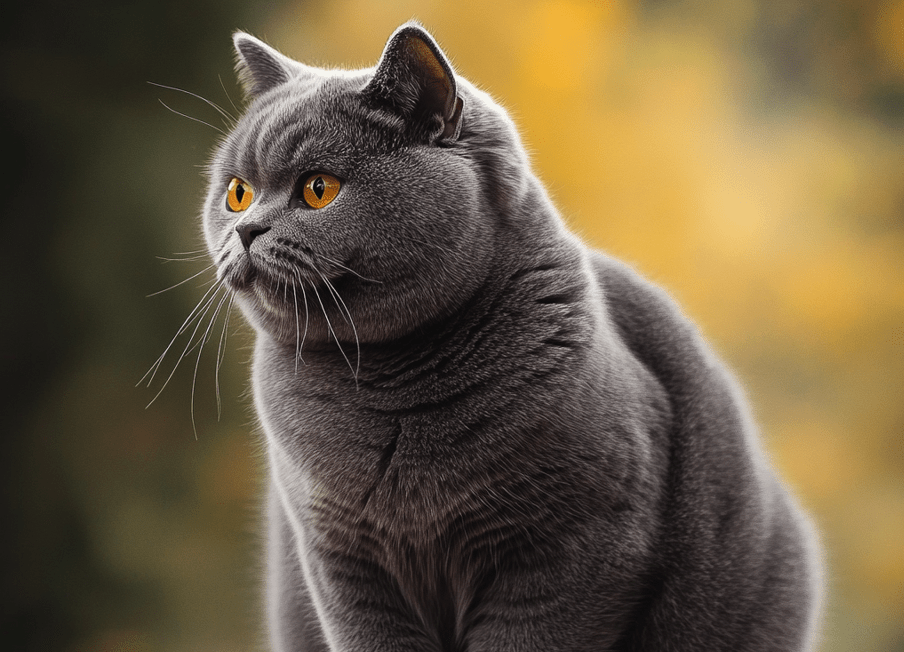
Identify British Shorthair cats with ease by learning their distinctive traits and friendly personality features. British Shorthairs are still relatively rare in the United States, but their popularity is growing. These breeds are usually acquired by a specialized breeder and rarely found in the animal shelter or stray cats.
And though you can search for a British Shorthair, it can be tough to find one. Most people are not knowledgeable enough about cats to figure out instantly what cat breed they are looking at; this can lead to confusion when trying to determine if a cat is a British Shorthair or not.
Some British Shorthair’s traits will help you to identify one, but there are no 100% imperfect methods. Often it takes a combination of features where we suspect that the cat may be of this breed to reach a firm conclusion.
To watch the summary of this article, just watch this video-
How to Identify a British Shorthair Cat
Examine Their Head Shape
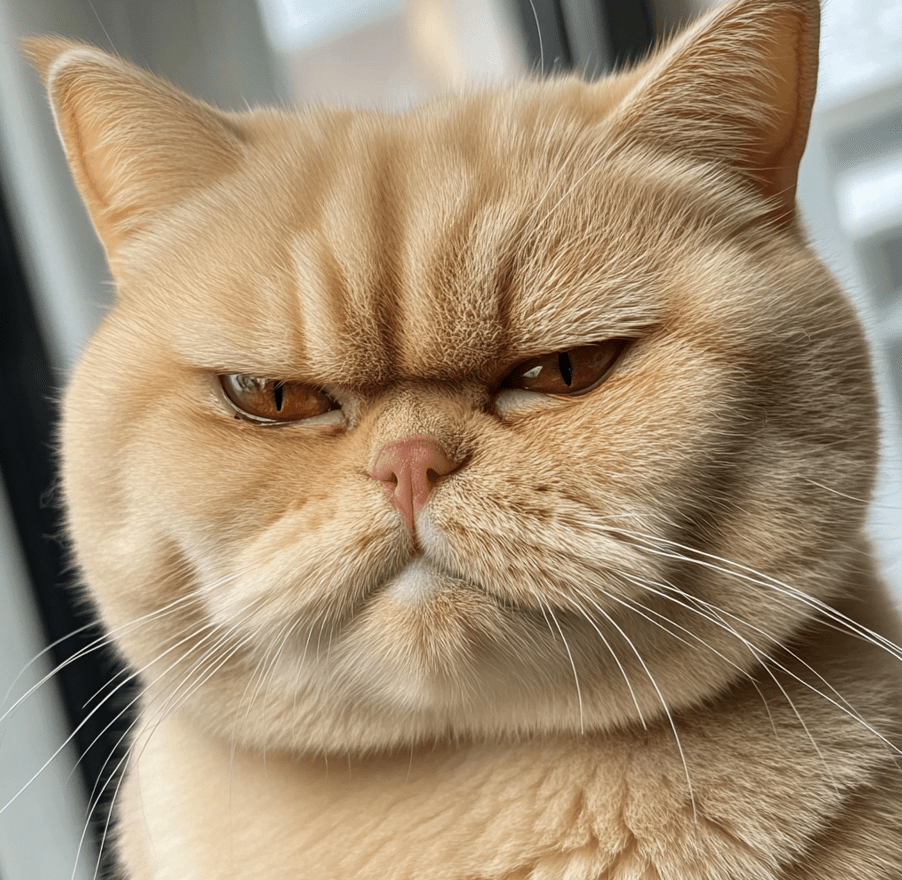
British Shorthair cats have a round face and they have a facial roundness that most people find adorable. Their cheeks are swollen, and their head looks wide. British Shorthairs have more of a sturdy, stocky look than some other breeds who sport long, lean heads. They have wide ears at the base, rounded at the tips, of moderate size, neither very tall nor very short.
Their nose is relatively short, but it doesn’t have the squished look that breeds such as Persians do. They’re often characterized as having a look of obliviousness on their face. Some see this as a smile and others think it looks like a permanent frown.
Observe Their Legs
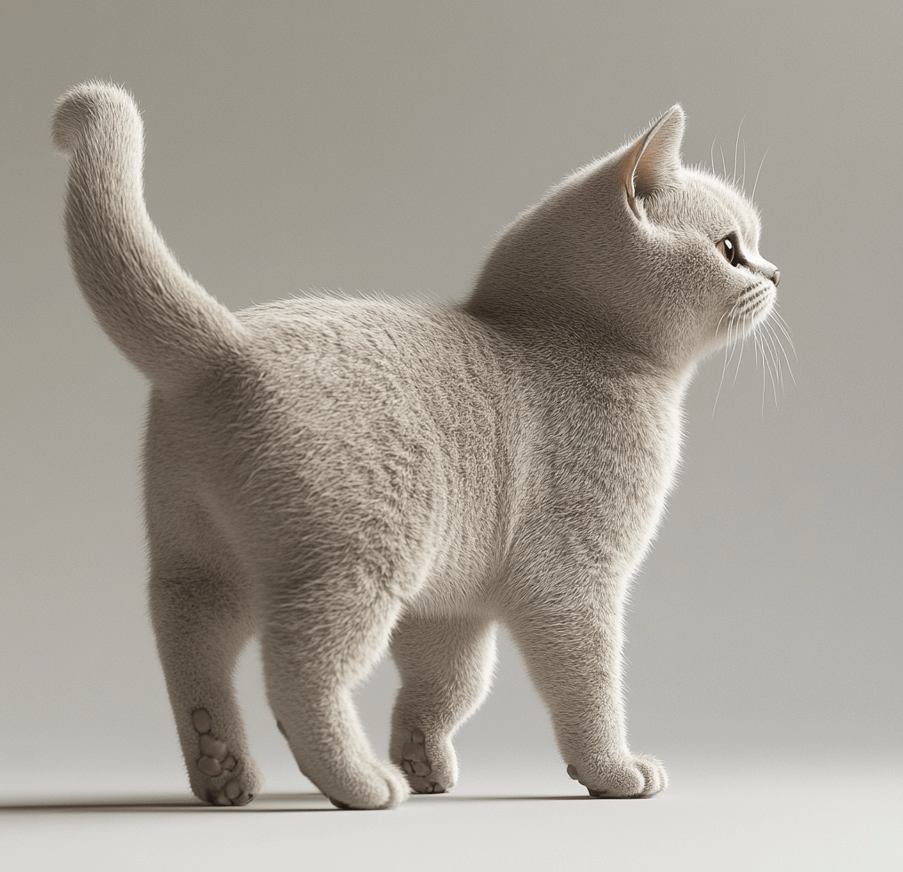
British Shorthairs are known for their short, stout legs. They have relatively short, solid, and muscular legs that support their heavyset frame well. Their paws are normally round and proportionally smaller than their body size.
Assess the Cat’s Build
British Shorthairs generally have a strong and muscular physique. He has a wide-shouldered body and a broad chest, making him stocky. Though they may be small in size, they are heavier than many longer cat breeds. Their tail is stocky and might be a bit shorter than normal.
Examine Eye Color
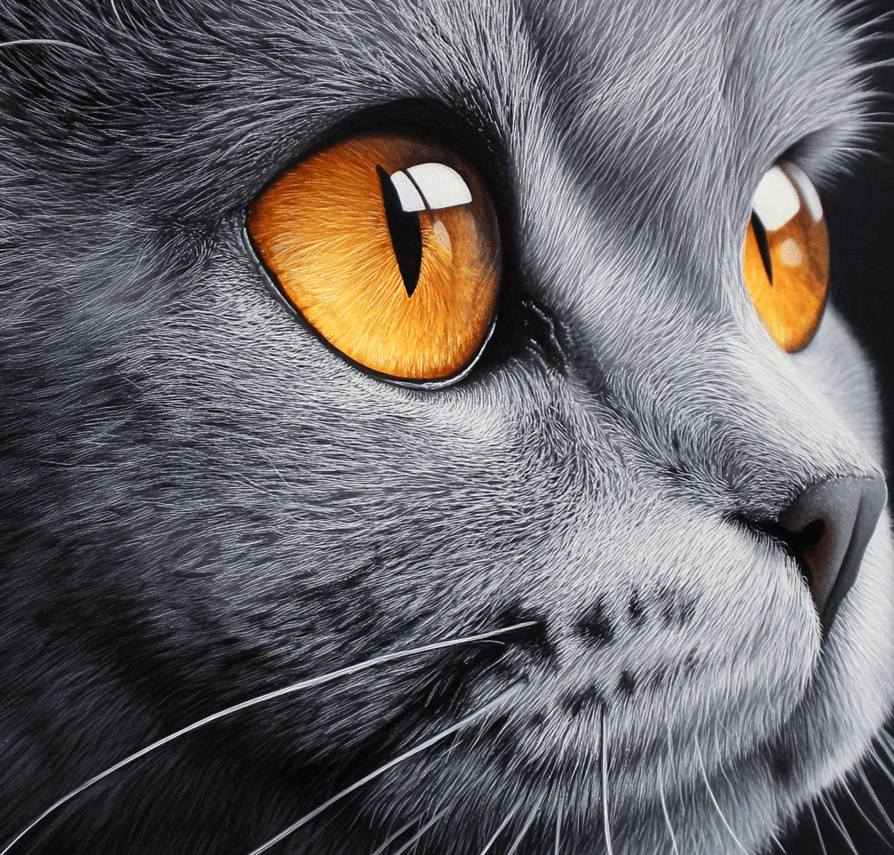
British Shorthairs have wide, round eyes a little like an owl. Sometimes their eyes have copper or gold tint unlike other breeds that have primarily brown, blue or gray colors. British Shorthairs may also have blue or green eyes on occasion, but these colors are uncommon.
Inspect the Coat
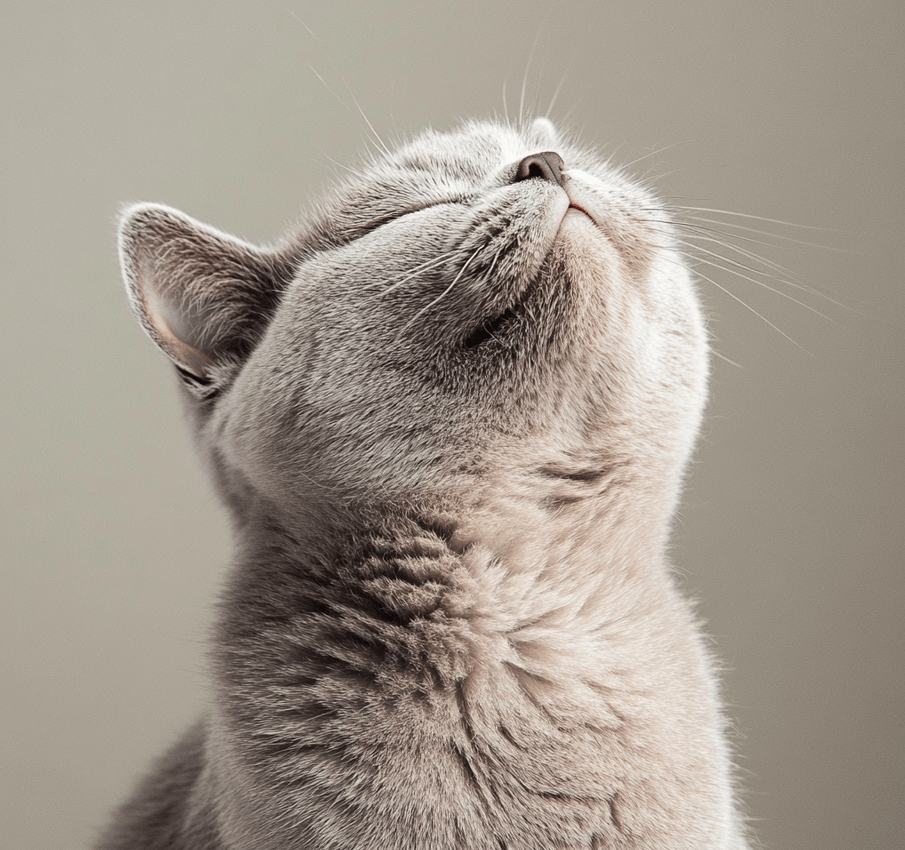
They have a short dense coat that enables them to adapt to colder climates. Due to the thickness of their fur, British Shorthairs tend to shed a lot. Their coat is most commonly gray, though colors can also include white, black, or even calico.
Consider the Weight
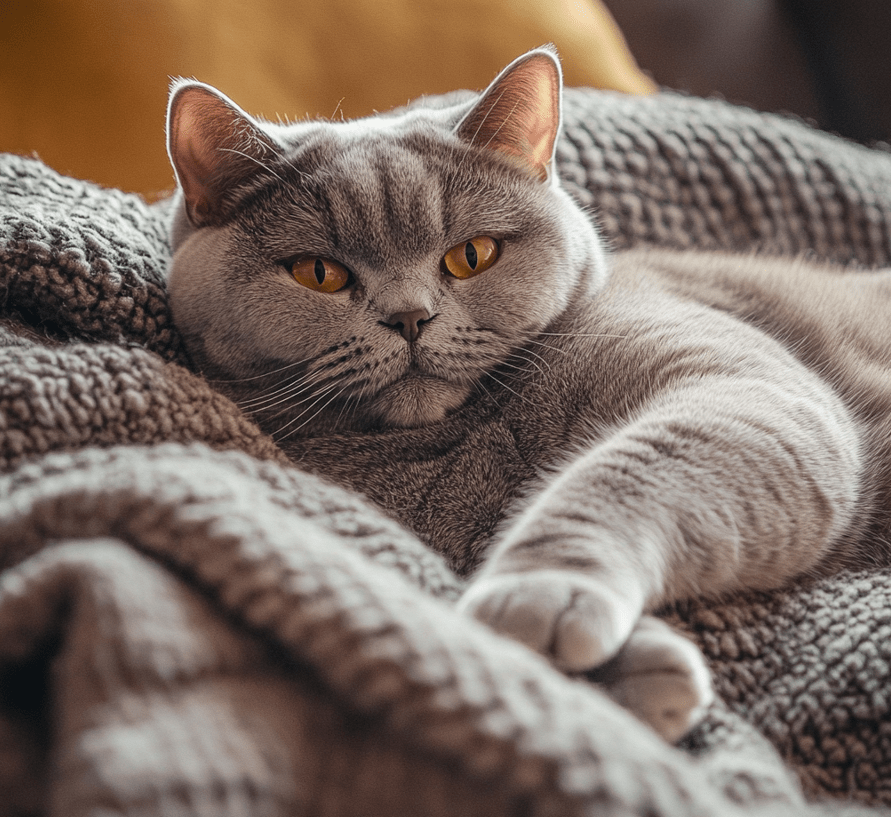
British Shorthairs are also bred for a size standard. Males typically weigh 9 to 17 pounds; females, 7 to 12. This means a British Shorthair will weigh between these numbers if your cat does, making it potentially one. Other breeds could also reach similar weight; keep this on your mind.
Conduct a DNA Test
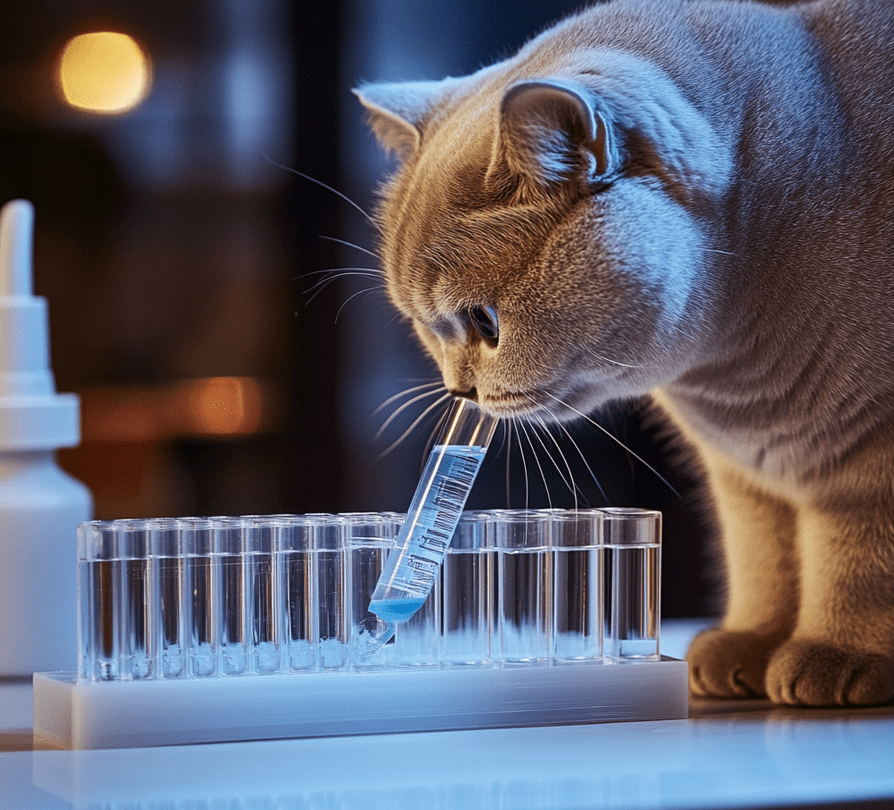
Sometimes, you can also choose to get a DNA test for your cat. These tests vary in how accurate they are and generally function by comparing your cat’s DNA with that of other cats. In the event of a matching breed, the test will categorize your cat supposedly where it seems fitting.
However, the accuracy of these tests is heavily reliant on the size of the company’s DNA database. Even the best and largest database will produce false positives; nothing error-free is possible.
So for this reason alone you cannot solely depend on the DNA test results. For example, if your cat shows no physical traits of a British Shorthair and the test categorizes it as one, that result might seem suspect. However, if your cat looks just like a British Shorthair, then the test results are likely correct.
Observe Your Cat’s Behavior
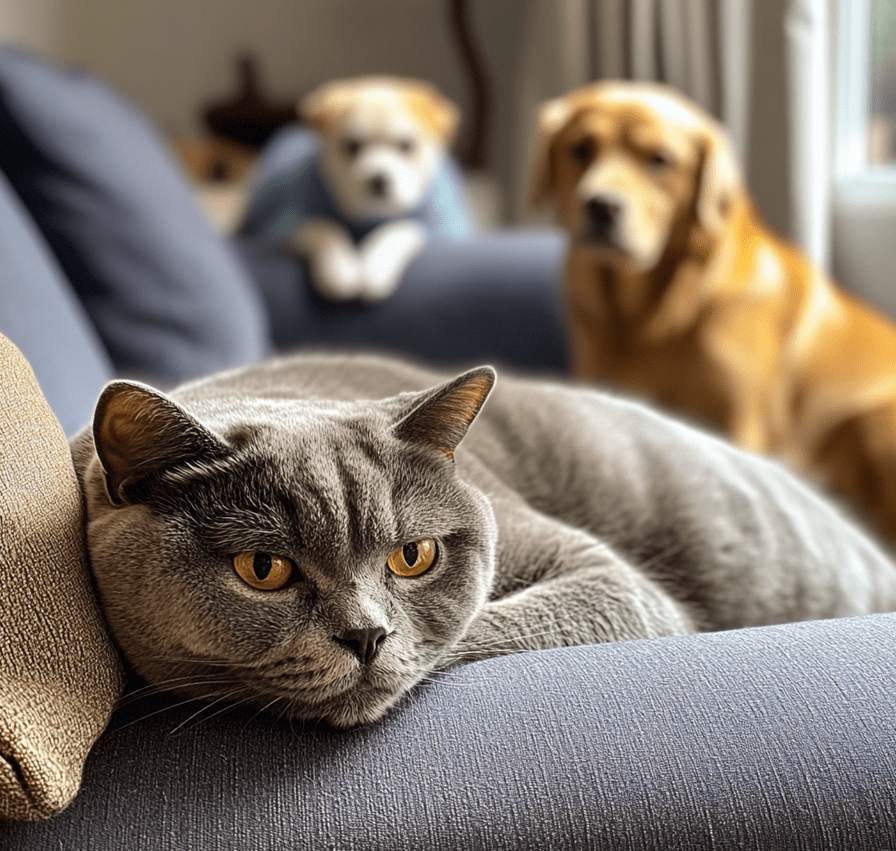
Different breeds each have certain personality traits, but individuals of the same breed can be quite different. Not every British Shorthair acts alike, but they’re generally fairly consistent.
Calm and dignified, British Shorthairs live up to their reputation. They usually prefer to lounge rather than play, since they have low energy levels. A good rule of thumb is to never pick up your lizard unless absolutely necessary; they don’t particularly like it and some can be prone to stress and overhanging. Their strong personality is balanced by their affection for their owners, even if they will always be reserved with strangers.
These cats generally live well with other pets, including dogs, because of their mellow temperament.
Try Picking up Your Cat
British Shorthairs generally hate to be picked up. When carried, they might struggle or squeal to express discomfort. Their fidgeting can also make it difficult to hold them. And most British Shorthairs don’t like sitting on laps, choosing instead to prioritize their independence.
Conclusion
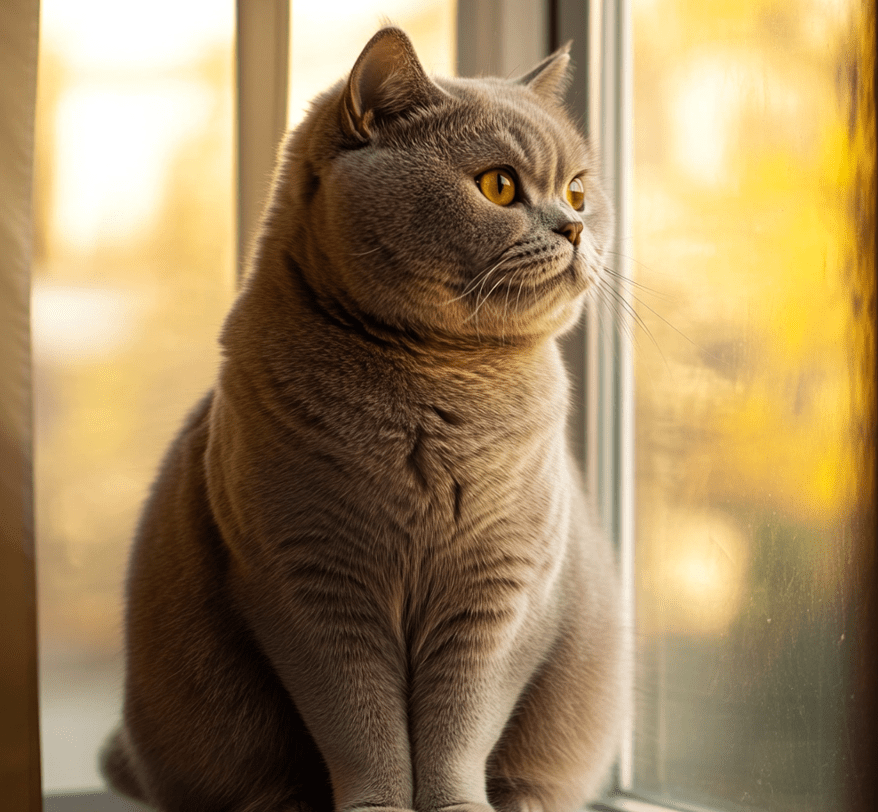
These cats, not commonly found in shelter environments, are most frequently adopted through breeders. This makes sure you have a clear idea of the cat’s breed, without having to identify the cat yourself!
But if you are considering adopting a shelter cat, you may be wondering if it is part of this breed. Without an expert opinion, it can sometimes be hard to figure out a kitty’s breed, but the round face and stocky body structure can provide some help with guessing.
DNA tests can help know a cat’s breed, though they aren’t always 100% accurate. So in the end, you can put on your sleuth’s hat, but the only way to know a cat’s pedigree for sure is with pedigree papers.

